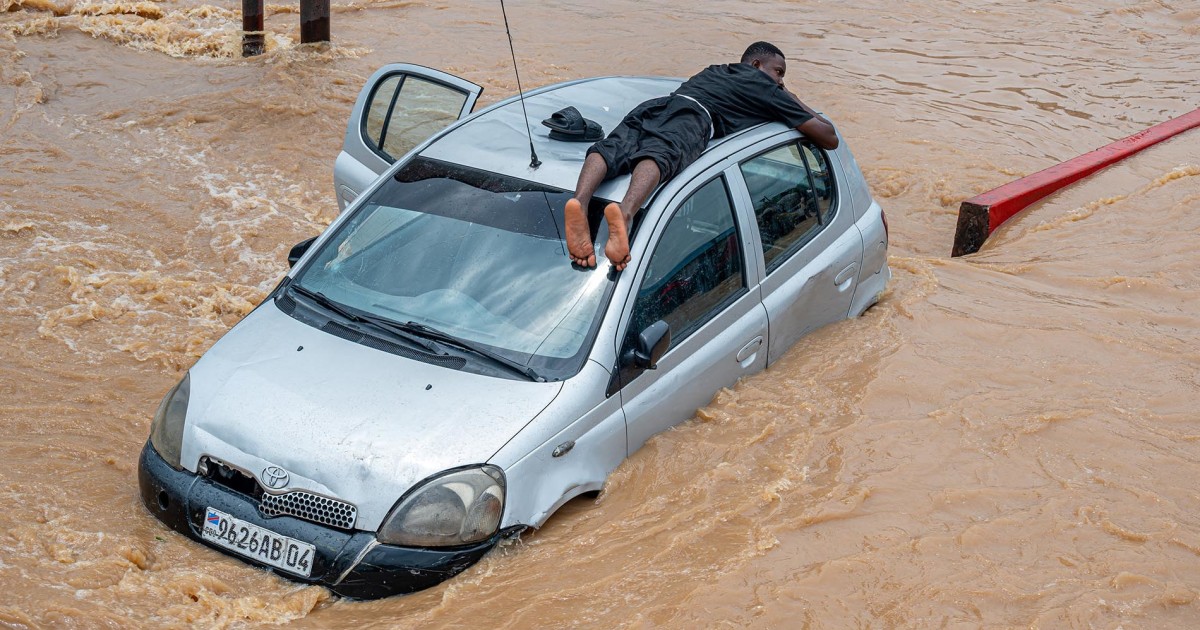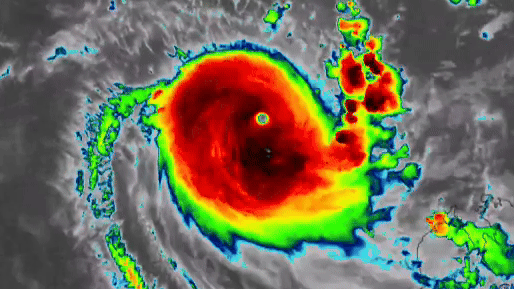Devastating Floods Submerge Kinshasa: A City in Crisis
At least 33 people have died, and vast areas of Kinshasa, the capital of the Democratic Republic of Congo (DRC), lie underwater after torrential rains triggered catastrophic flooding. The disaster, which struck on [insert recent date], has overwhelmed drainage systems, destroyed homes, and disrupted vital infrastructure, leaving thousands stranded. Authorities warn that climate change and poor urban planning have exacerbated the crisis, raising urgent questions about the city’s preparedness for extreme weather events.
Immediate Impact and Emergency Response
Rescue teams are racing against time to reach survivors as floodwaters continue to rise in low-lying neighborhoods. The hardest-hit areas include Masina, Ngaliema, and Limete, where makeshift homes built along the Congo River’s banks were swept away. “The scale of destruction is staggering,” said Jean-Baptiste Kasekwa, a local Red Cross coordinator. “We’re seeing entire families displaced, with no access to clean water or medical care.”
Key statistics highlight the severity of the crisis:
- 33 confirmed deaths, with dozens more missing
- Over 12,000 homes damaged or destroyed
- Major roads and bridges rendered impassable, cutting off access to emergency services
Dr. Sophie Mbuyi, a public health expert, warns of looming secondary crises: “Stagnant water breeds cholera and malaria. Without immediate intervention, disease outbreaks could multiply the death toll.”
Why Kinshasa Is Particularly Vulnerable to Flooding
Kinshasa, a megacity of 17 million, sits on a floodplain with aging drainage systems designed for a fraction of its current population. Rapid, unplanned urbanization has paved over natural water absorption zones, while deforestation upstream has increased runoff. “This isn’t just a natural disaster—it’s a man-made catastrophe,” argues urban planner Daniel Lukonde. “We’ve ignored warnings about unsustainable construction for decades.”
Climate scientists note that extreme rainfall events have become 40% more frequent in Central Africa since 2000, a trend linked to global warming. A 2022 World Bank report ranked Kinshasa among the top 10 cities worldwide at risk from climate-related flooding, yet only 2% of its annual budget is allocated to disaster prevention.
Voices from the Ground: Survivors’ Stories
In the flooded district of Binza, Marie-Louise Mbemba clutched the only belongings she salvaged—a plastic bag with her children’s school certificates. “The water came at midnight,” she said. “We climbed onto the roof and waited six hours for help.” Nearby, fishermen used pirogues to deliver bread to stranded residents, navigating streets transformed into rivers.
Local NGOs criticize the delayed government response. “Where are the early warning systems? The evacuation plans?” asked activist Josué Kalombo. Meanwhile, officials defend their efforts, citing the deployment of military engineers to clear debris and distribute aid.
Long-Term Implications and the Path Forward
The floods have exposed systemic vulnerabilities in Kinshasa’s infrastructure:
- Economic toll: The central market, a lifeline for 500,000 traders, remains closed, disrupting food supplies.
- Political fallout: Opposition leaders accuse the government of mismanagement, while international donors urge reforms.
Looking ahead, experts propose multi-pronged solutions:
- Upgrading drainage systems with climate-resilient designs
- Relocating high-risk settlements through community-led programs
- Establishing a dedicated emergency fund for disaster response
As waters recede, Kinshasa faces a pivotal choice: rebuild as before or reimagine a more sustainable future. “This tragedy must be a wake-up call,” said environmentalist Gabrielle Nzuji. “Climate change won’t wait for us to catch up.”
How to help: Reputable organizations like the DRC Red Cross are accepting donations for flood relief efforts. Verify charities through platforms like Charity Navigator before contributing.
See more Your Daily Weather



